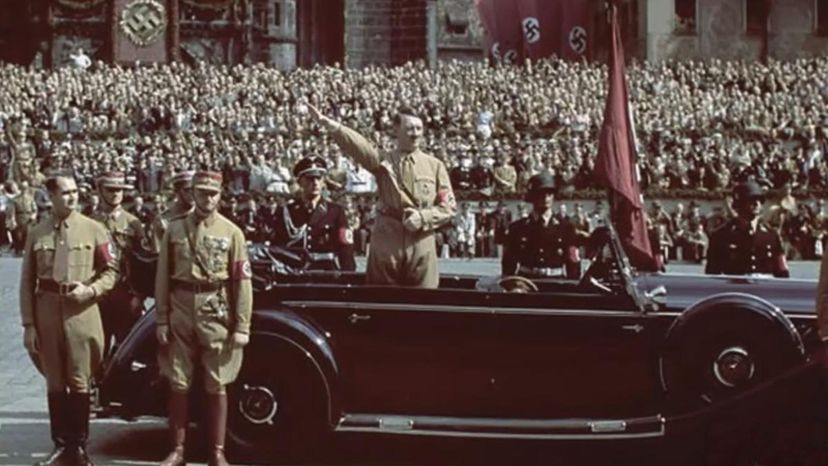
About This Quiz
In the words of Indiana Jones: "Nazis. I hate these guys."Â
People almost universally agree that Nazism is one of the most disgusting ideologies ever to darken the planet. At its core is a set of beliefs, each one worse than the last. First, Nazis embraced a fundamentally racist and pseudoscientific worldview about human potential and morality, that justifies enslaving and murdering those from races that said "science" labels inferior. This was expanded to include anyone deemed genetically deficient, such as the disabled and the homosexual.Â
Second, Nazi policy permitted wars of conquest, with colonization of countries without their consent, with the best art and culture of those lands to be looted and taken for Nazis to enjoy themselves, and their populations then exploited for gain.Â
Third, Nazi society itself was arranged with a fascist leadership, zero freedom of speech, a patriarchal hierarchy that reduced women to broodmares and little else, and a corporatist economic structure that doled out wealth and advantages to friends of the regime, using a false populism to promise comfort to the working man while screwing him behind his back.
Fortunately, only once in human history has this despicable creed managed to take over a country. Even so, while it only happened once and lasted just fifteen years, it wiped out millions of people, invented industrialized genocide and leveled whole nations.Â
It's vital to know how it happened, so that we can truly say, "Never again."Â Let's see whether you know the facts of this horrific past and fill in any gaps.
Advertisement
Advertisement
Advertisement
Advertisement
Advertisement
Advertisement
Advertisement
Advertisement
Advertisement
Advertisement
Advertisement